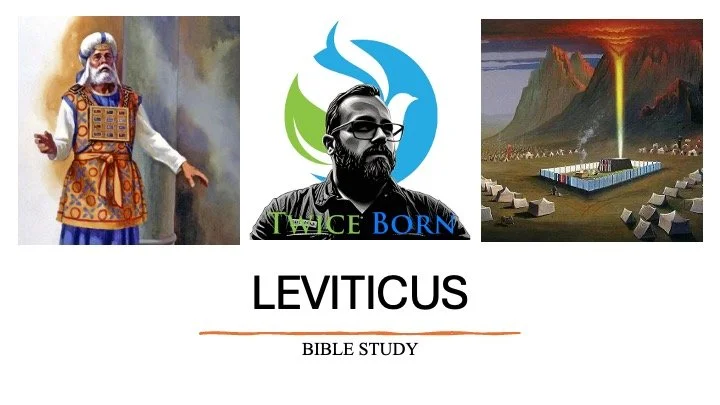Leviticus 2
Leviticus
Chapters 2
Group Questions
What praise or testimony would you like to share from this past week?
What is your favorite type of bread?
What is your favorite fruit?
Context
Leviticus 2 outlines grain offerings to God, made from fine flour, oil, and frankincense, excluding leaven and honey. Salt symbolizes the covenant. Part is burned on the altar, and the rest is shared with priests, emphasizing purity in worship and devotion to God.
Text Questions
What do you remember from Leviticus 1?
What does God want us to know about grain offerings and first fruits?
Read Leviticus 2:1-3
What stuck out to you?
What does the grain offering represent in the context of worship?
What ingredients are specified for the grain offering, and why are they important?
What do the components (fine flour, oil, incense) symbolize?
How is John 6:35 related to the bread offering?
Read Leviticus 2:4-10
What stuck out to you?
How is the grain offering presented?
What is the symbolism of the unleavened wafer?
What was the purpose of the grain offering in the sacrificial system?
How is Hebrews 4:15 related to the unleavened offering?
Read Leviticus 2:11-13
What stuck out to you?
How do grain offerings differ from burnt offerings in their significance?
What is the meaning of salt of the covenant with God?
Read Leviticus 2:14-16
What stuck out to you?
What are the first fruits?
How is Acts 10:38 related to verse 15?
How does the chapter end?
Group Questions
How can the principles of grain offerings apply to our lives today?
How does this chapter emphasize worship and commitment?
What does the requirement for salt in offerings signify?
What makes an offering acceptable to God?
What do you want to remember from Leviticus 2?


